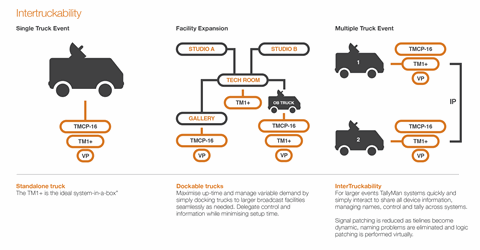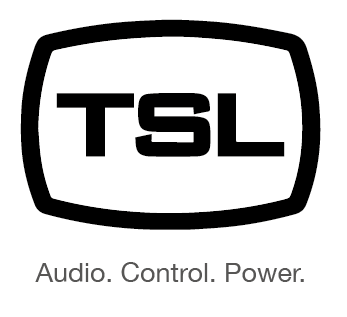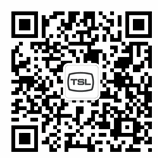EXPLORE THE HUB: Hot Topcis and Deep Dives | Ebooks and Technical Application | Case Studies
Applications of System Control
Coherent system control brings several real operational and commercial advantages. By grouping multi-level actions into a single control surface, you can do things which are much richer and make your production more engaging.
At the same time, you reduce errors: by defining the controls you offer the operator, you define what each individual can do. If you want someone to switch cameras but no more, then just give them the direct camera controls: cut or mix; maybe pan, tilt and zoom. Hide more sophisticated control, like black and white balances, ensuring the operator cannot get distracted or make unrequired changes.
In a well-designed system which is founded on logic, you should be able to define very complex operations and workflows, yet ensure they are implemented safely and without errors. That reduces training and improves on-air performance.
Once you get a feel for what can be achieved with a coherent control system, more and more applications suggest themselves. A simple system might configure a router and monitor wall. Sources could be identified in under-monitor displays, and outputs fed to lines, servers and loggers. Selection of incoming lines could also steer satellite downlinks.
Imagine a playout centre which needed regular reconfiguration, perhaps with a night shift taking on more channels from the same room. Build the configurations and all you need is a single button press at shift change. The duty engineer would have the ability to drill down to look at the details of the configuration and make any changes that might be necessary.
Perhaps you are a news broadcaster and want to put studios in regional centres and maintain the ability to cut into their programming from a central hub. Economics means that these studios may be unmanned, yet available whenever a reporter needs to do a piece to camera, or an interviewee cannot travel to the main newsroom. Simple keys on a touch screen can set the studio for one or two guests, adjusting the lighting and positioning remote cameras as appropriate. Talkback routing would be automatically set, and production sound could be routed to earpieces as required.
Using specifically configured touch screen interfaces, operators can have control of the remote studio. Pan, tilt and zoom cameras can be adjusted to suit the guests. Video or graphics are sent to any in-vision monitors. Cameras are switched from buttons on the touch screen, and rotary or linear faders control the microphone levels. A sophisticated multi-camera studio can be operated, entirely remotely, using intuitive controls on a panel designed for the application, minimising staff requirements while increasing production values.
Alternatively, a Group Network has a hub that must have accurate, up-to-the-minute knowledge of each downstream affiliate’s status, i.e., audio and video feed quality, which source is on-air, etc. And, in case of a failure, the ability to select and remotely route primary or back-up automation to air, as well as break into the affiliate’s programming, should national or regional coverage take precedence.
By equipping the channel’s primary and back-up automation systems, the video server(s), and facility router with a unified system controller connectivity can be made back to the main network hub for override control.
In addition, a universal control panels can give local operators control over which source is routed to air, whilst the system controller monitors and keeps track of which source — automation A, B or local programming — is routed to air, allowing each to be individually routed without impacting any others.
Outside broadcast operators can use a control system to configure their trucks. One key press sets all the routers, production mixers, monitor walls and video servers, putting the right names and tallies on the UMDs. For very large events requiring multiple trucks, then the control processors installed in each truck can talk to each other, passing routing information from truck to truck, for example.
Every broadcast facility and operation is unique; every operational team will have its own way of working. The value of unified system control using is that you can build the configurations you need, and the logic underpinning them, and you can design and implement the user interfaces you need, providing just the right level of control and intuitive operation.



